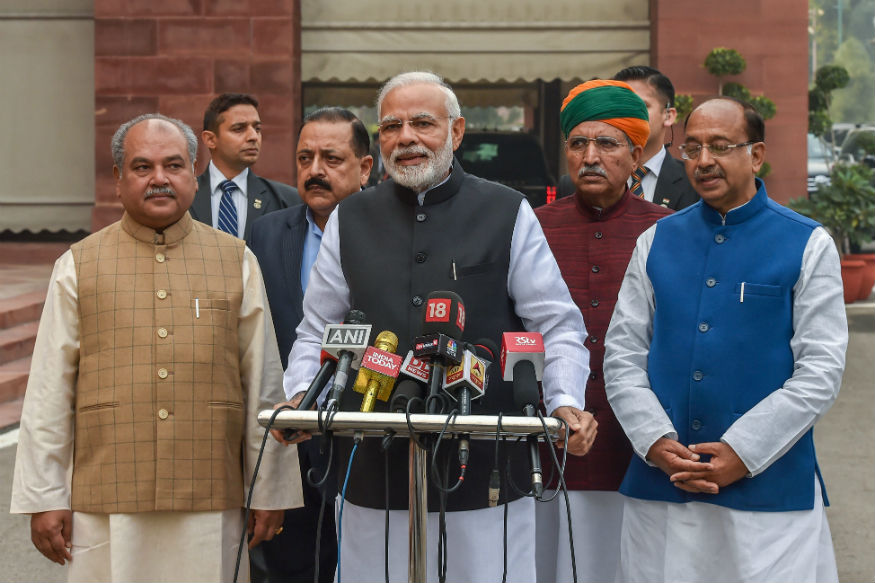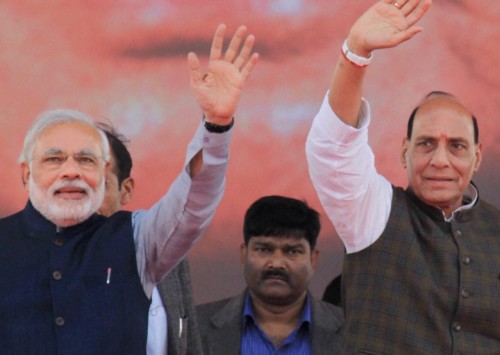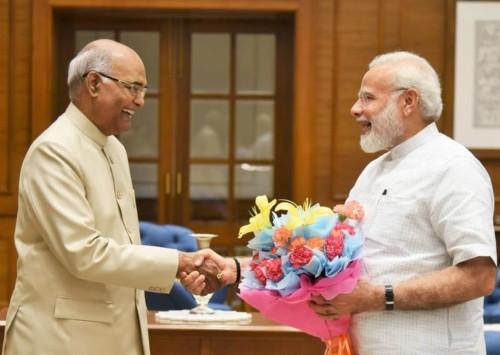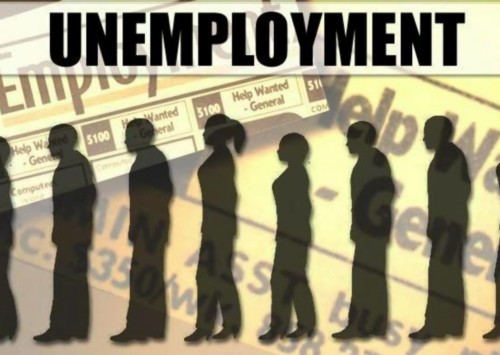Reservation Bill: A new poll pill?
Hit hard by three assembly elections recently, the Modi government is promising 10 pc reservation for economically weaker section? Can it withstand the scrutiny of the judiciary? More importantly, will it be a game changer for Modi and his team in 2019 general election?
Severely stressed by the loss of three BJP ruled state-Madhya Pradesh, Chhattisgarh and Rajasthan, the BJP government led by Prime Minister Narendra Modi has embarked on path of appeasing large section of Hindu majority electorate by two poll planks. First, is to rekindle the hope of constructing Ram Temple at Ayodhya as Rashtriyaswayem Sevak Sangh (RSS) the ideological fountainhead of the ruling BJP has launched nationwide movement. Second, is to introduce a constitutional bill promising 10 pc reservation quota for the economically weaker sections (EWS) of the general category on the last day of the Winter Session of Parliament on January 8. The ruling party and its staunch supporters consider it a political masterstroke as it has taken the steam out of the Maratha, Jat, Gujjar, Patel, Lingayat agitations that have rocked the country off in recent months demanding community based reservations.
However, this is not the first time that reservation bogey has been used by the Prime Minister. In fact way back in 1990 the then prime minister V P Singh accepted the Justice BP Mandal Commission recommendations to neutralise the political challenge from his rivals ended up benefitting the Other Backward Castes (OBCs). However, it ended his political career.
The Bill: The Union Cabinet meeting on January 7 chaired by Prime Minister Modi approved introduction of the Constitution (One Hundred and Twenty Fourth Amendment) Bill; 10 pc quota in addition to existing cap of 50 pc reservation for SCs, STs, OBCs.
Who benefits?: Families whose annual household income is INR 8,00,000 or below, own farm land below five acres, residential houses below 1000 sq feet, residential plot below 100 yards in notified municipality and 200 sq feet in non-notified municipality.
A debate ensues
A political debate has sparked off on the reservation for economically weaker section. The ruling party supporters underscore its importance describing it as an affirmative action while opposition blasting it as a political gimmick. The reservation will ensure opportunity in educational institutions besides government jobs.
Yashwant Sinha, former finance minister in the Vajpayee government who had quit the BJP in April 2018 had blasted the proposal. “The proposal to give 10 pc reservation to economically weaker upper castes is nothing more than a jumla. It is bristling with legal complications and there is no time for getting it passed through both Houses of Parliament. The government stands completely exposed,” he tweeted.
Legal hurdles
The Modi government faces two-fold legal hurdles in getting the bill passed. First, is whether it can sail smoothly in the parliament? The legislation seek to amend Articles 15 and 16 of the Constitution dealing with caste-based quotas to provide reservation for “economically weaker” sections in public employment and all educational institutions. The government, would require support from at least two-thirds of the members in both the Houses to amend the Constitution.
Judicial scrutiny
The Indra Sawhney case in 1992 fixed a ceiling of 50 pc for reservations across categories. Currently, the volume of reservation for the Scheduled Castes, Scheduled Tribes and OBCs comes to 49.5 pc.
There have been several attempts by state governments to break through the ceiling. However, the laws were struck down by the court on the ground of the judgement in the Indra Sawhney case.
India’s apex court had said that the Constitution makes no case for a quota on the economic ground and only talks of educational and social backwardness.
Data hurdle
Also the government must justify reservation for any group with data about its share in the population and in jobs and education. However, in a haste to bring the amendment it appears to have conducted no study to justify reservation for the poor among the upper castes.
Only exception is Tamil Nadu, which has 69 pc reservation, got the ninth schedule of the Constitution amended in 1994 to obtain statutory sanction for its quota volume. A challenge to the amendment is still pending with the Supreme Court.
Will the gamble pay off?
There is no doubt that this decision will send good signal among upper castes and dominant agrarian communities such as Brahmins, Banias, Rajputs (Thakurs), Jats, Gujjars, Bhumihars in north India, and Kapus in Andhra and Telengana and Marathas in Maharashtra.
Even though the upper castes constitute not more than 15 pc of the total population, they are likely to get a 10 pc reservation, if the bill is passed. On the other hand the other backward castes who are 52 pc of the Indian population are entitled to only 27 pc of reservation. So, will such political risk pay off in an election year remains to be seen.













